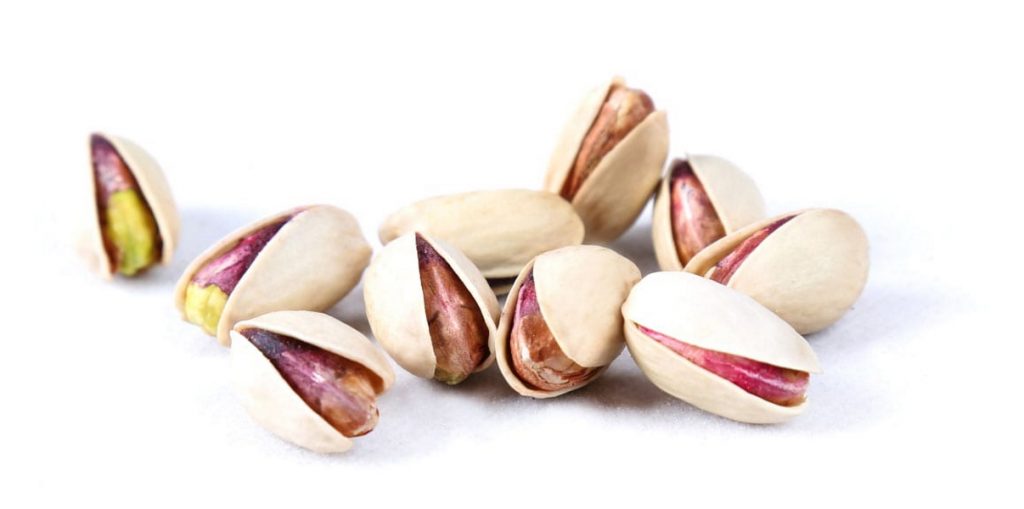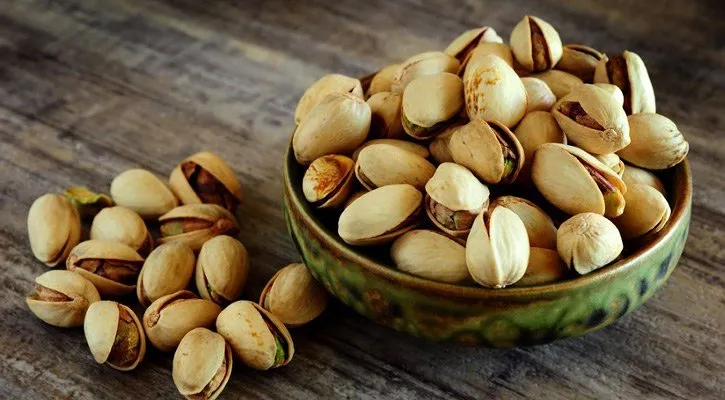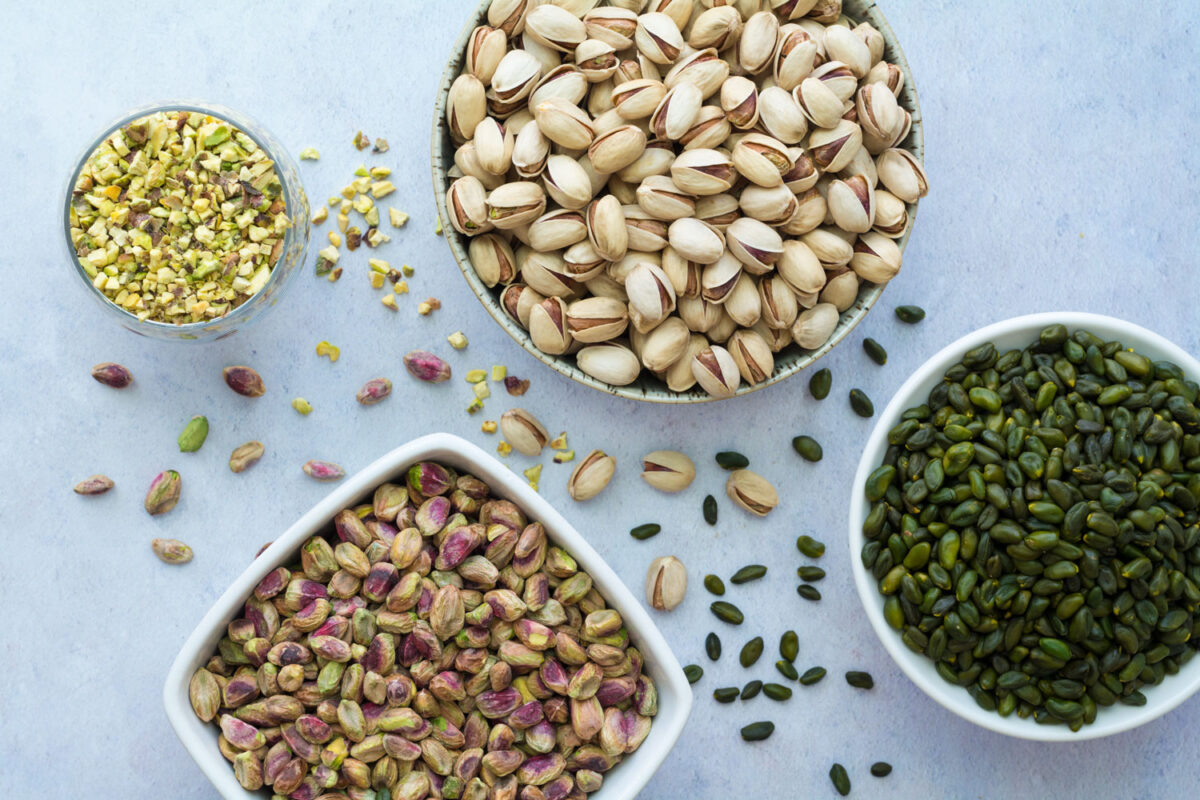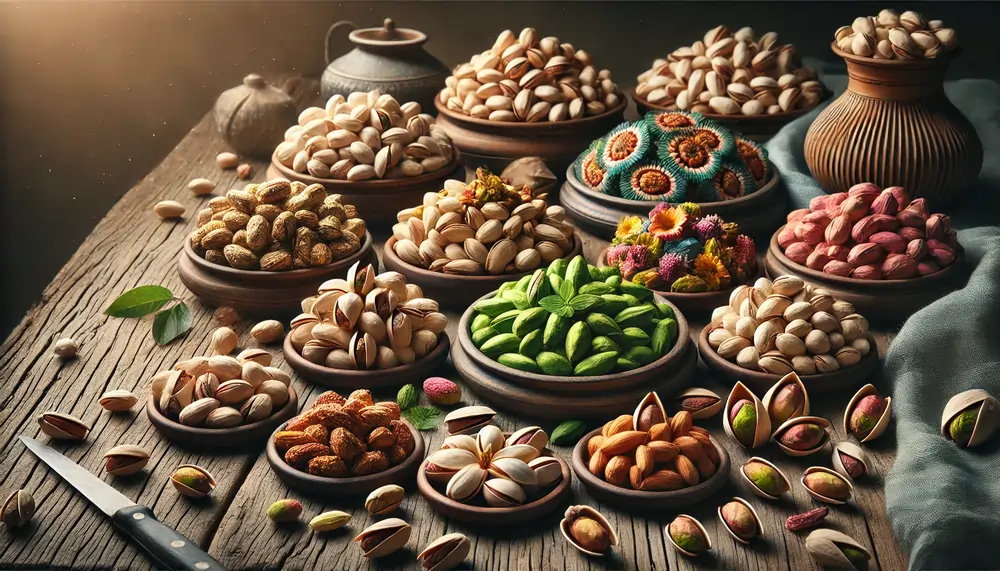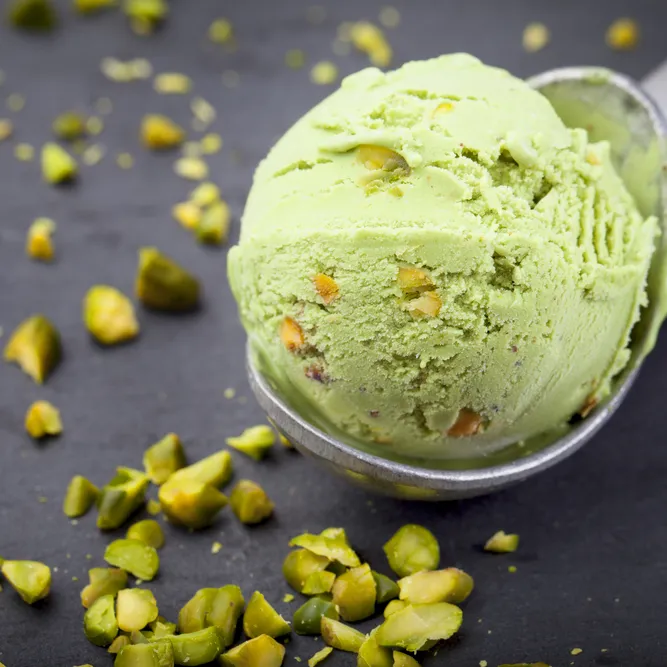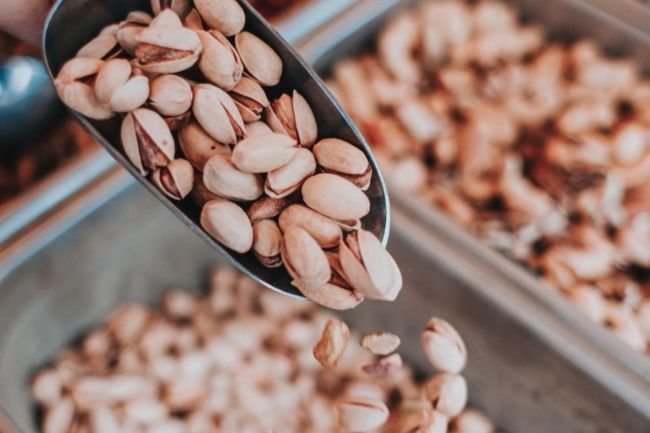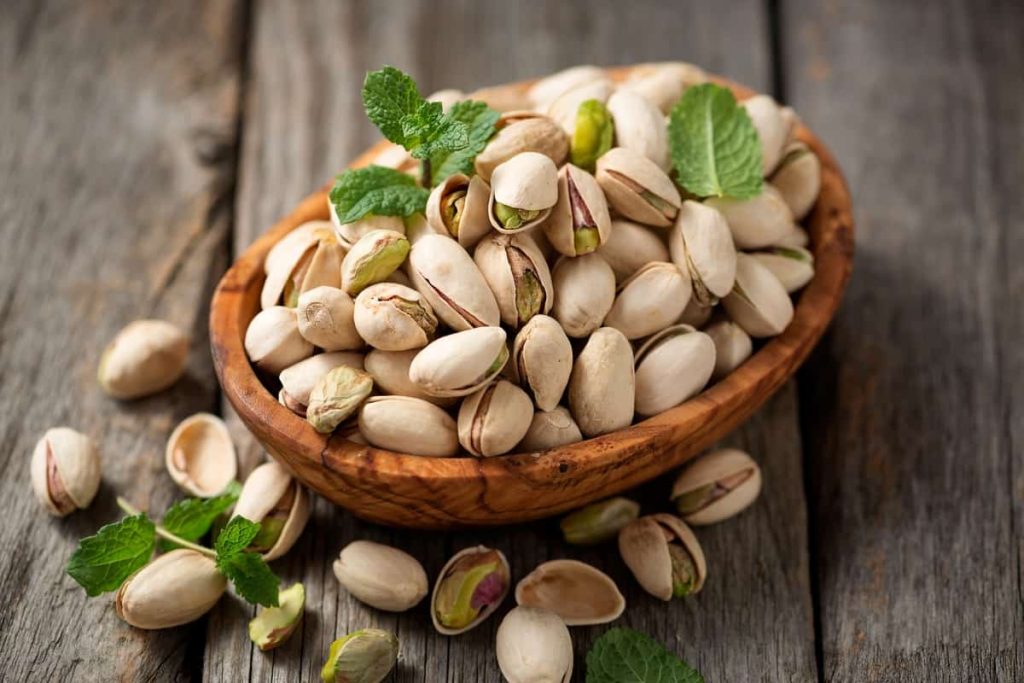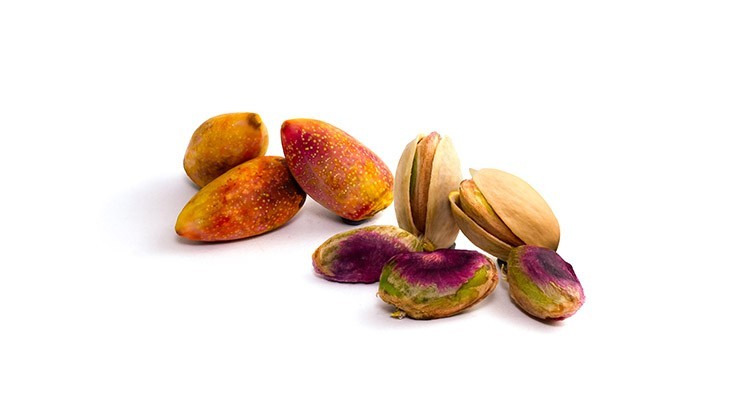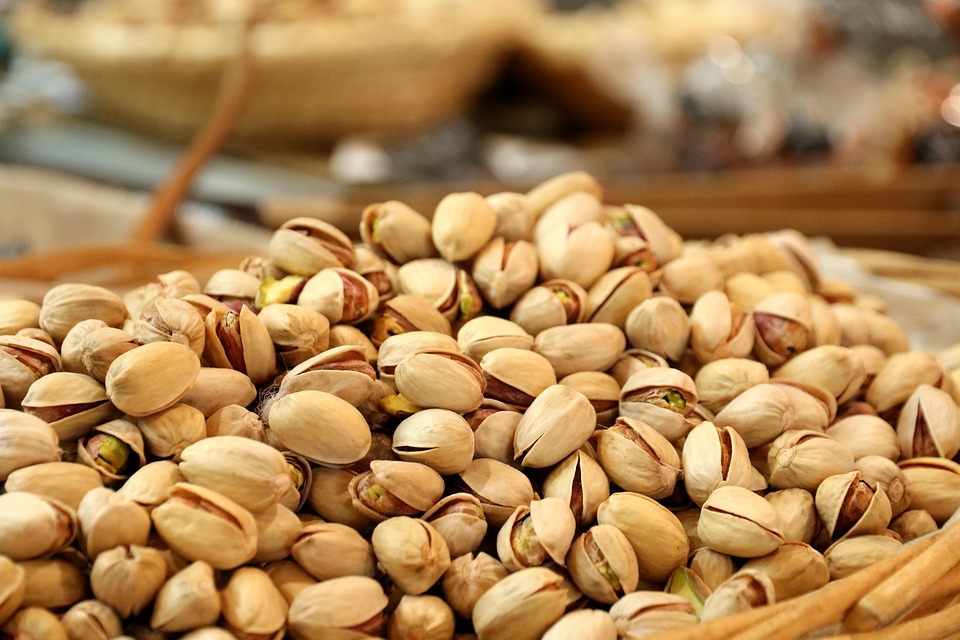1. Market Overview
The pistachio market in China and East Asia has shown consistent growth, fueled by rising health-conscious consumer trends, urbanization, and increased disposable incomes. China is the largest global importer of pistachios, with demand driven by a growing middle class that values healthier snack options and premium products. Despite experiencing supply fluctuations due to external factors like weather conditions and political issues in key producing regions, the pistachio market in East Asia remains strong. China, Japan, and South Korea have all seen increased pistachio consumption, making East Asia a crucial area for the global pistachio trade.
2. China’s Key Role
China’s demand for pistachios has transformed the dynamics of the global market. The country experienced a reduction in imports in 2022 due to lower yields and supply chain challenges from major producers like the United States and Iran. However, 2023 and 2024 have marked a recovery phase, with a substantial rebound in imports as the U.S. pistachio industry transitions to an “on-year” in its alternating cycle, resulting in increased production. Additionally, the growth of e-commerce in China has helped expand access to pistachios, while health-focused marketing efforts have raised awareness about the nutritional benefits of pistachios, such as their protein content and cardiovascular advantages.
3. Demand Drivers in East Asia
In Japan and South Korea, the growing trend toward healthier eating has spurred interest in pistachios as a nutritious snack. Younger consumers and urban populations in these regions increasingly prefer plant-based and high-protein options, aligning pistachios with popular diets. Furthermore, culinary uses of pistachios, particularly in desserts and confectioneries, have strengthened their appeal in Japan, while South Korea has embraced pistachios as a versatile ingredient in both local and Western-inspired snack products. Food manufacturers are also capitalizing on this trend by incorporating pistachios into a variety of packaged snacks marketed as “better-for-you” alternatives.
4. Iranian Pistachios: A Distinctive Appeal
Iranian pistachios hold a unique position in East Asian markets, especially in China, due to their distinctive taste, quality, and traditional cultivation methods. Known for their rich flavor and larger size, varieties like Fandoghi and Akbari are highly valued in premium sectors, often seen as luxury items in China and Japan. Iranian pistachios are also integral to specific culinary applications, particularly in Japan and South Korea, where authenticity and quality are paramount.
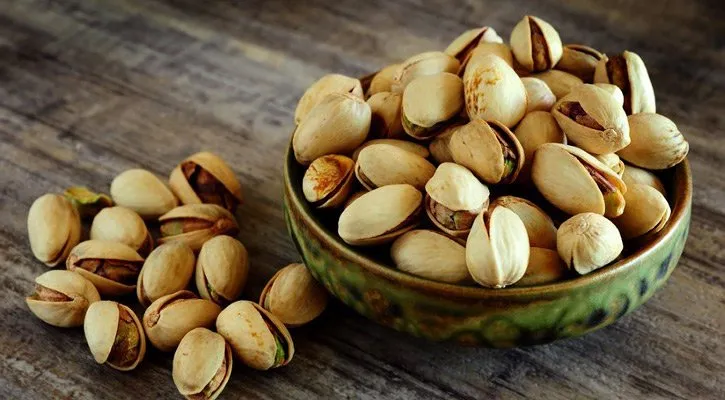
Although Iran faces challenges due to economic sanctions and logistical issues, it remains a key supplier of pistachios to East Asia. The country’s traditional harvesting methods contribute to the premium positioning of Iranian pistachios, especially among consumers who prioritize authentic flavors. These unique qualities of Iranian pistachios make them a preferred choice for premium and specialty food sectors throughout East Asia.
5. Supply Dynamics and Market Outlook
The pistachio market is heavily influenced by the production cycles in the United States, Iran, and Turkey. U.S. production, which follows an alternate “on-year” and “off-year” cycle, greatly impacts global supply. The 2023/24 cycle, an “on-year” for U.S. pistachio crops, has increased production by about 40%, allowing for more exports to meet East Asian demand. While Iranian pistachios face logistical limitations, they continue to attract a dedicated consumer base in East Asia. The ongoing trend toward environmentally friendly farming practices and sustainable packaging is also likely to boost the appeal of pistachios across these regions, as consumers become increasingly environmentally conscious.
Conclusion
East Asia’s pistachio market, led by China, is poised for substantial growth in the coming years. The demand for high-quality, nutritious snacks supports the expansion of pistachio imports, especially as consumers seek out premium products. Iranian pistachios, with their rich flavor and premium appeal, remain popular among discerning East Asian consumers, while U.S. pistachios continue to dominate in terms of volume. The pistachio market in China, Japan, and South Korea is expected to grow at a compound annual rate of approximately 5-6% through 2031, fueled by e-commerce, culinary innovation, and health-conscious consumption trends.
Sources:

